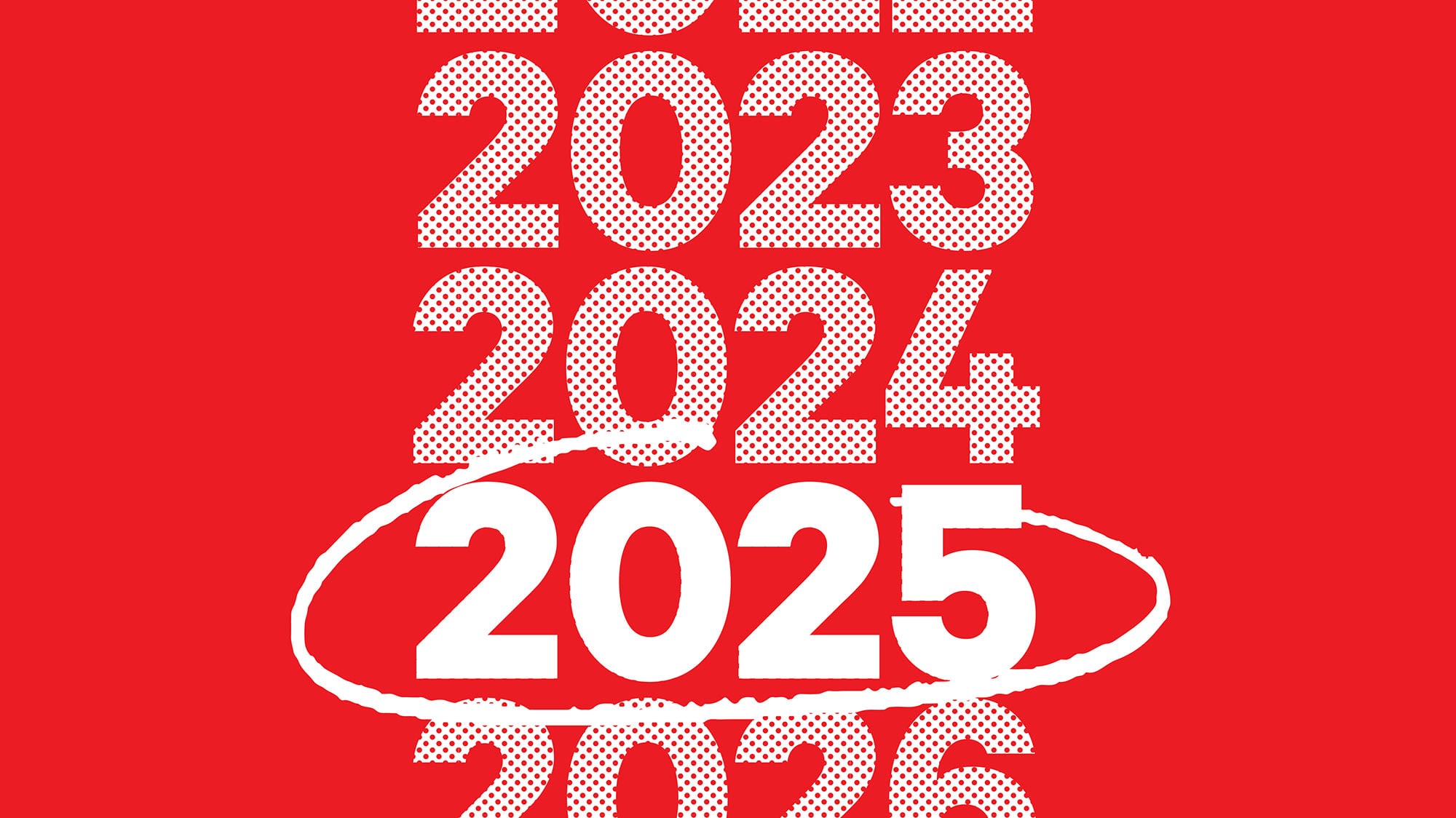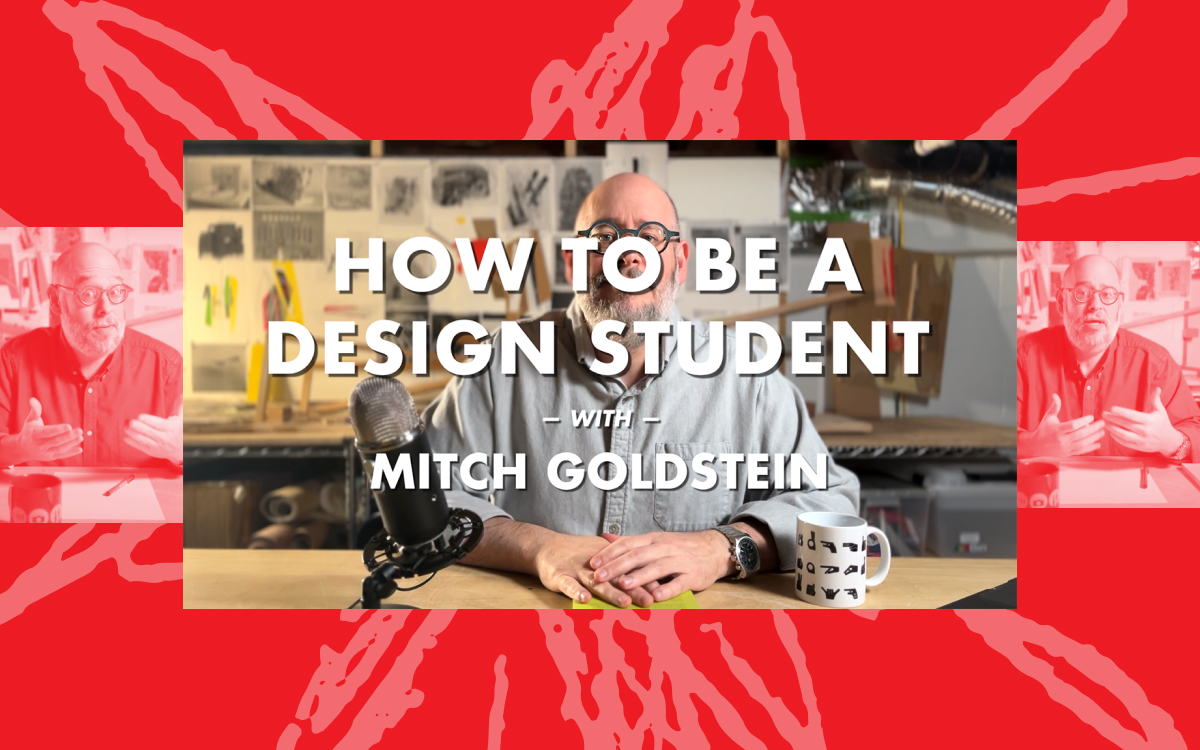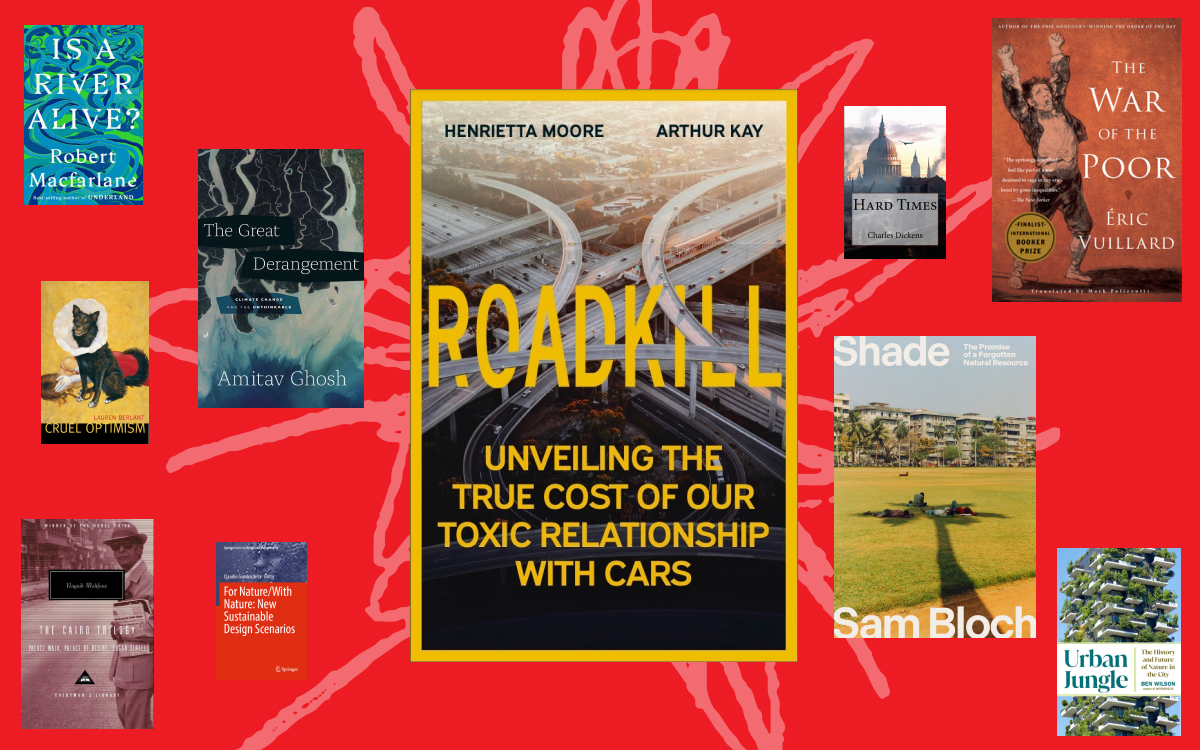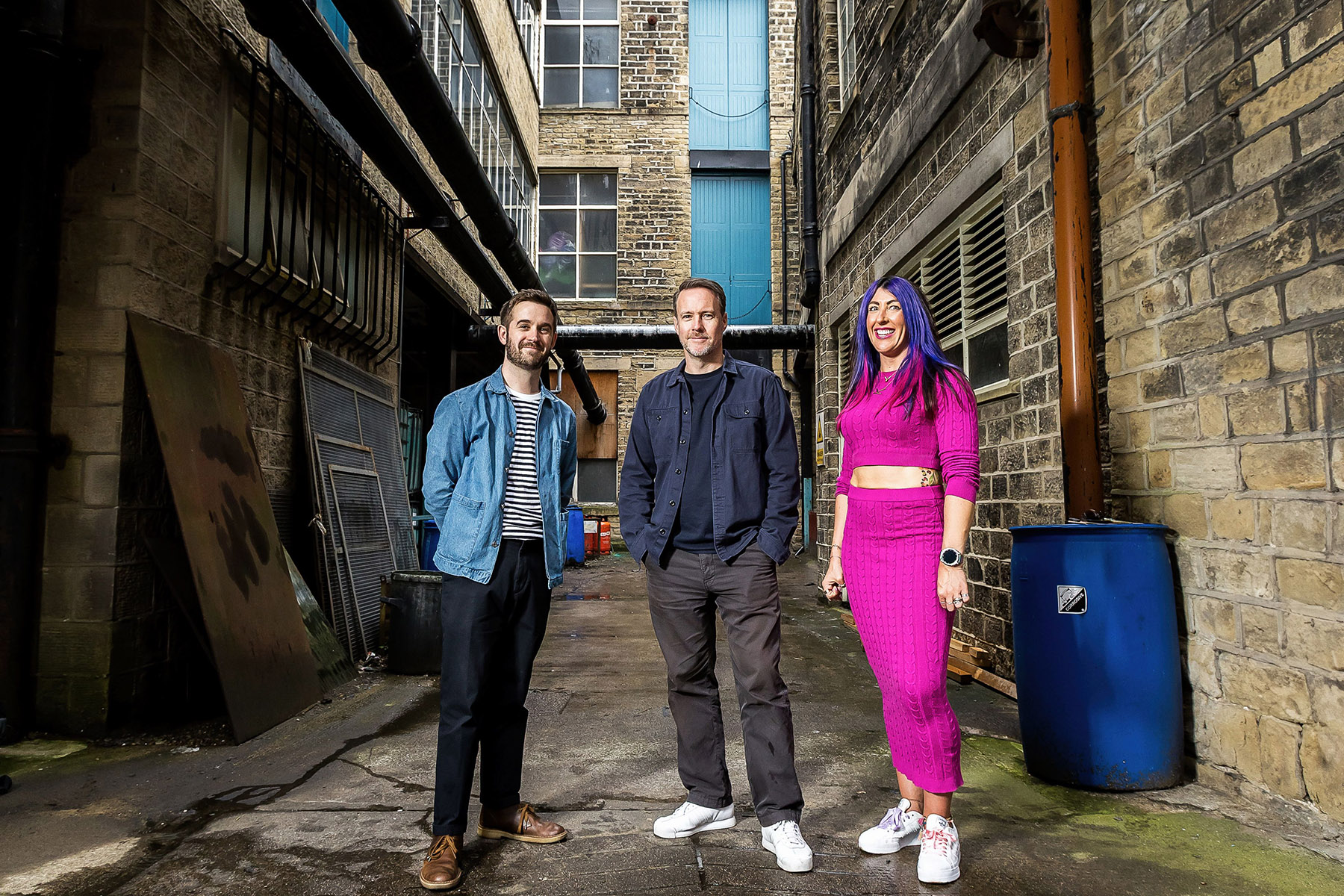At Scratching the Surface, we believe that design is ideology made artifact; that designers are critical in shaping the future. So as we look towards a new year, we reached out to some favorite guests from this past year to hear what they hope to see in 2025. Thanks for another great year at Scratching the Surface and Happy New Year!
In 2025, we hope to see a growing focus on designing for subcultures and micro-communities. As global trends splinter into smaller, more localized movements, designers have a chance to create work that connects deeply with niche audiences. By drawing from personal passions, lived experiences, and cultural heritage, designers can craft work that feels specific and authentic, pushing back against homogenized design trends and celebrating the unique stories that bring people together.
This moment also underscores the fragility of online communities and the need to preserve the material and culture they create. Micro-communities thrive on shared values, aesthetics, and practices, but their digital spaces can be fleeting—erased by platform changes, technological evolution, or neglect. Designers have an opportunity to document, archive, and strengthen these spaces, ensuring their stories endure. Whether through zines for underground scenes, visual systems that honor traditions, or digital platforms that foster local ties, this shift highlights design’s role in community-building and storytelling. It reminds us that design doesn’t need to be far-reaching to matter; our power as designers lies in creating something that resonates deeply and preserves what connects us.
—Kathleen and Christopher Sleboda, Draw Down Books
→ Listen to our interview with Kathleen and Christopher
As we approach 2025, numerous looming crises and events worldwide—such as a rise in conservatism, the risk of recession and economic turmoil, collapsing governments, ongoing wars and conflicts, environmental disasters, and more—may make the prospect of creating social change seem bleak.
Despite the difficulties of these times, we must harness our abilities to recognize the need for change and believe in our power to redefine and reimagine the worlds we desire for ourselves and others and our capacity to make this change happen. Our imagination, intentionality, relationships, diverse experiences, dreams from various backgrounds, and commitment to envisioning brighter, more equitable futures will carry us through the darkness of the current crises.
—Lesley-Ann Noel, Dean at OCAD
→ Listen to our interview with Lesley-Ann
Something we hope for is a world where design is driven by curiosity and questioning rather than problem solving or market fit, where design objects hold questions as opposed to answers. We often find design posits as the best version of a thing. Not to minimize that pursuit, but what if we designed objects to put forward notions of wonder, curiosity, or not knowing. What permissions would we gain if we lived in a world surrounded by questions instead of answers? Where something as definite and solid as a can opener could whisper - “maybe this, but I’m not sure and I’m open to other possibilities and if you see them I’d like to meet”.
— Che-Wei Wang and Taylor Levy, CW&T
→ Listen to our interview with Taylor and Che-Wei
On Monday, January 20, 2025, on the West Front of the U.S. Capitol in Washington, D.C., Donald Trump will be sworn in for his second presidency, nearly a decade after his first term. Regardless of how this mandate will unfold, his return to power underscores the volatility and uncertainty defining our era.
As the Superstorm intensifies and further entangles our political lives, design’s role seems to be shrinking, leaving less room for meaningful action. Simultaneously, design discourse appears increasingly confined, focusing only on topics deemed sufficiently “design-ish” for analysis. Political communication – and politics more broadly – serve as prime examples of this narrowing scope.
This inward turn constitutes – I believe – a missed opportunity. Design should expand its boundaries to actively engage with politics, culture, and other “non-design” realms. These areas are not external to design; they are integral to its growth and relevance. I really hope that 2025 will see design reclaim its purpose through a more inclusive and ambitious discourse, embracing complexity to tackle the pressing challenges as well as the opportunities of our time.
—Noemi Biasetton, author of Superstorm
→ Listen to our interview with Noemi
My prediction for 2025 is that designers will be forced to confront the greed and power of big tech corporations, especially the voracious consumption of natural and human resources to fuel their god-like plans for domination. As AI becomes ubiquitous, the world’s political issues will become evermore entangled with digital technology and its ability to reinforce bias and heighten polarization—issues like the anti-feminist backlash against reproductive rights, genocide and global warfare, xenophobia, and climate change. Designers can no longer ignore their responsibility as political actors. They will be forced to contend with the role they play in perpetuating the systems and power structures that skew our understanding of the world, of each other, of what is right, and of what is real. Designers have a choice, and my hope is that they will reject the norms of obsessive innovation and consumption. Rather than remaining beholden to the whims of corporations, designers can build a grassroots movement to defend the values of the discipline and seek ways of doing design in the otherwise. Ways that foster collaboration, human connection, and authentic relationships. It will require collective action and relentless persistence, but the great thing about the future is that anything is possible.
—Alison Place, author of Feminist Designer




